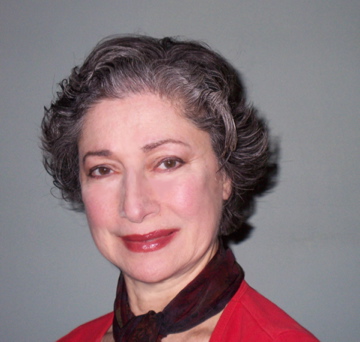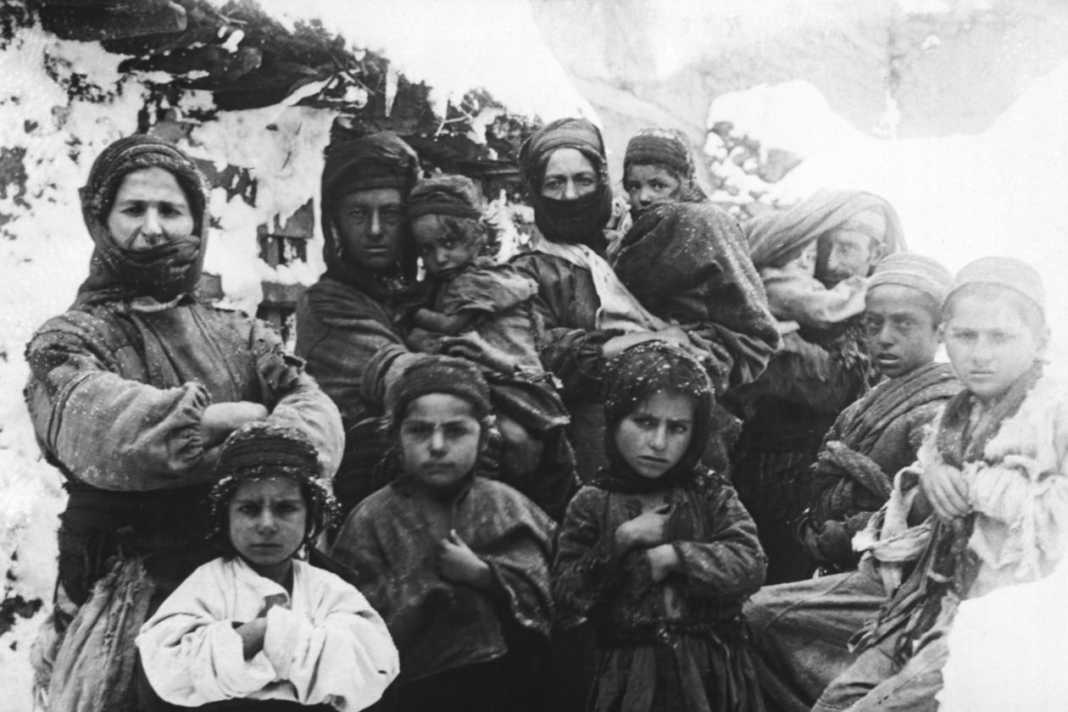by Thea Halo
Many people are very pleased that the US House of Representatives finally, after over 100 years, passed a resolution (H.Res.296) recognizing the Genocide of the Armenians, Greeks, and Assyrians by Ottoman Turkey. It is definitely long overdue. However, although the resolution does refer to the Genocide of the Greeks and Assyrians, it still refers to and commemorates this tragic crime as “The Armenian Genocide.” Perhaps that’s why most news reports fail to mention that the Greeks and Assyrians suffered the same fate as the Armenians during the same time and place, and they continue to call it “The Armenian Genocide Resolution,” and/or “The Armenian Genocide,” which misses a few major points.
To put Martin Niemöller’s[1] poem in a new context, it should be pointed out that:
First they came for the Greeks of Eastern Thrace in 1913, and no one stopped the slaughters.
Then they came for the Greeks in Western Asia Minor (Anatolia) in 1914, And no one stopped the slaughters.
Then they came for the Assyrians in Eastern Anatolia in 1914, and no one stopped the slaughters.
Then they came for the Armenians in 1915, And no one stopped the slaughters.
Then they came for the Pontic Greeks in 1916, and again in 1919 under Mustafa Kemal, And no one stopped the slaughters.
Then they exiled the remaining Assyrians —whose ancestors had arrived in Anatolia around 2,400 BC.—and the Greeks—whose ancestors had arrived in Anatolia in 1200 BC.—and the Armenians, whose ancestors had arrived in Anatolia in 600 BC., thus ending over four thousands years of Assyrian, Greek, and Armenian presence in Anatolia.
Then they gave Anatolia to the Turks—the perpetrators of the Genocides—descendants of the Turks who had invaded Anatolia and conquered Constantinople in 1453 AD, almost 4,000 years after the arrival of the Assyrians, Greeks, and Armenians.
Then they renamed Anatolia Turkey. Total Assyrians slaughtered: 275 thousand, more than half their population. Total Greeks slaughtered: 1.2 Million
Total Armenians slaughtered: 600,000 to 800,000. Some estimate deaths as high as 1.5 million.
Totaling 3 Million Assyrian, Greek, and Armenian victims of the Ottoman Genocide.
Yet news reports fail to mention the 1.5 million Greek and Assyrian victims of this Genocide, and continue to refer to this crime as The Armenian Genocide.
My mother, a Pontic Greek, lived through that genocide. By age 12, she was the only known survivor of her family. It was an Armenian family who took my orphaned mother in, and brought her to safety in Aleppo, Syria when they fled Turkey. My father was an Assyrian who fled Turkey on pain of death in 1905 and came to America. In 1925 he visited cousins in Aleppo, Syria who had been driven out of Turkey during the genocide. The Armenian family arranged my mother’s marriage to my father. My mother was only 15. My father was 45. He brought her to America in 1925.
Memorialized in Not Even My Name, my mother’s story represents the story of millions of other Greeks, Assyrians, and Armenians who lived through that terrible genocide. They should not be dealt with as an afterthought by the press or by Congress. As Rep. Anna Eshoo reminds us, her Assyrian family lived through that genocide.
Lest we become complacent, we must remember all the victims of a genocide equally. This was a Genocide of the Christian minorities of the Ottoman and Kemalist Turkey: Greeks, Assyrians, and Armenians.
Perhaps Rep. Ilhan Omar is simply unfamiliar with the tragic history of the Christian Communities in Ottoman and Kemalist Turkey. It would have been incumbent on her to educate herself before deciding whether to vote on the resolution. If Omar needs confirmation by genocide scholars that the Greeks, Assyrians, and Armenians suffered Genocides at the hands of the Ottoman Turks and Mustafa Kemal Ataturk and his Nationalists, she should be directed to the 2007 Resolution of the International Association of Genocide Scholars (IAGS), which was affirmed by hundreds of the world’s leading genocide scholars. (View the IAGS Resolution at: https://www.notevenmyname.com/iags-assyrian-greek-genocide-resolution/)
Omar’s further explanation of why she abstained has some truth to it, i.e. all genocides should be recognized, and passage should not be used as a cudgel in a political fight. However, those truths should not be used as a cudgel to deny a genocide that needed recognition for over 100 years. Nor do those truths make the recognition of this particular genocide illegitimate. If we waited for all genocides to be acknowledged by the US government before any one genocide was recognized, it is clear we would simply continue as before. The resolution being used as a cudgel in a political fight is a reflection on our self-serving government, not on the legitimacy of the Resolution. It’s too bad that congress needed the recent aggressions by Turkey against the Kurds in Syria to finally do the right thing, but it’s the thing they should have done years ago. If Omar is sincere in her excuse for abstaining, she should work for the recognition of all other genocides. That would do more good than obtaining from this one.
It’s important to note that the Resolution ends with reference to Elie Wiesel’s Genocide and Atrocities Prevention Act of 2018. Elie Wiesel describes denial as a double killing, as it also murders the memory of the crime. But he also reminds us that “To remain silent or indifferent is the greatest sin.” That should be a message to all of us.

[1] Martin Niemöller was a German Lutheran pastor and theologian born in Lippstadt, Germany, in 1892.
Photo Caption: Armenian refugees fleeing Turkish persecution in 1915. PHOTO: PICTURES FROM HISTORY/THE IMAGE WORKS





